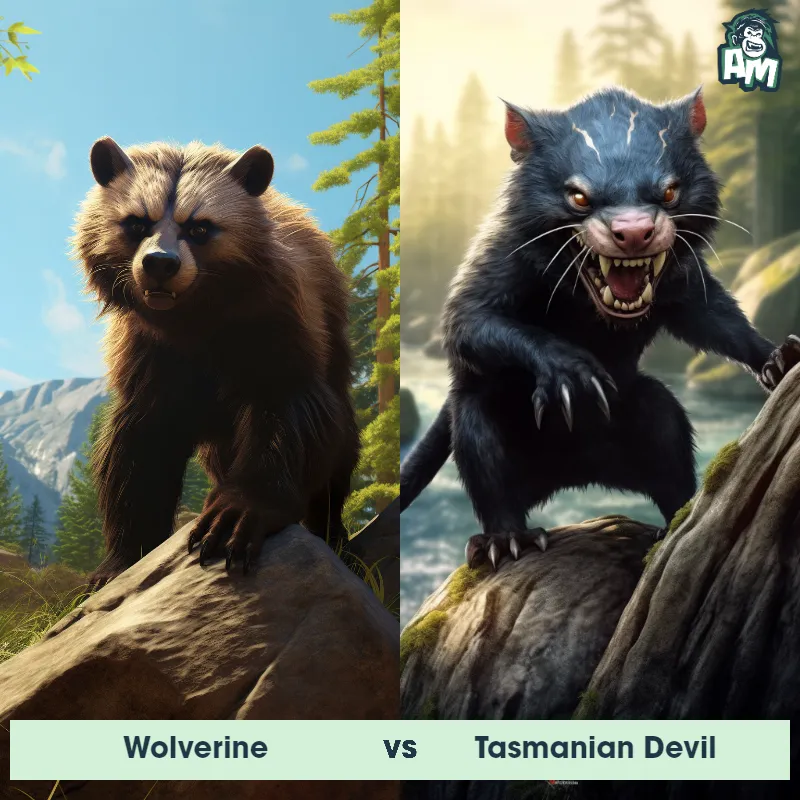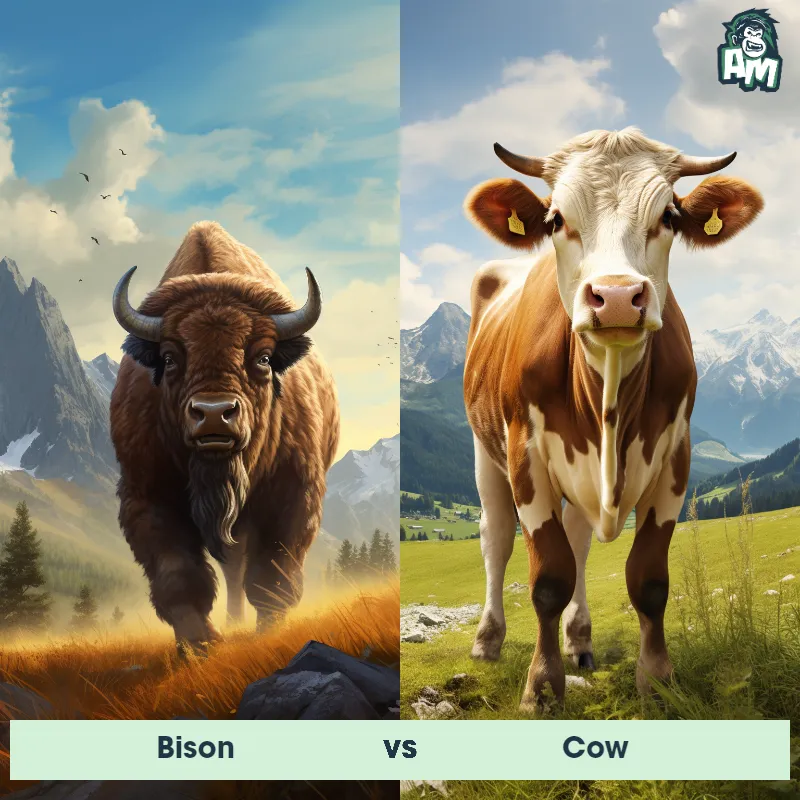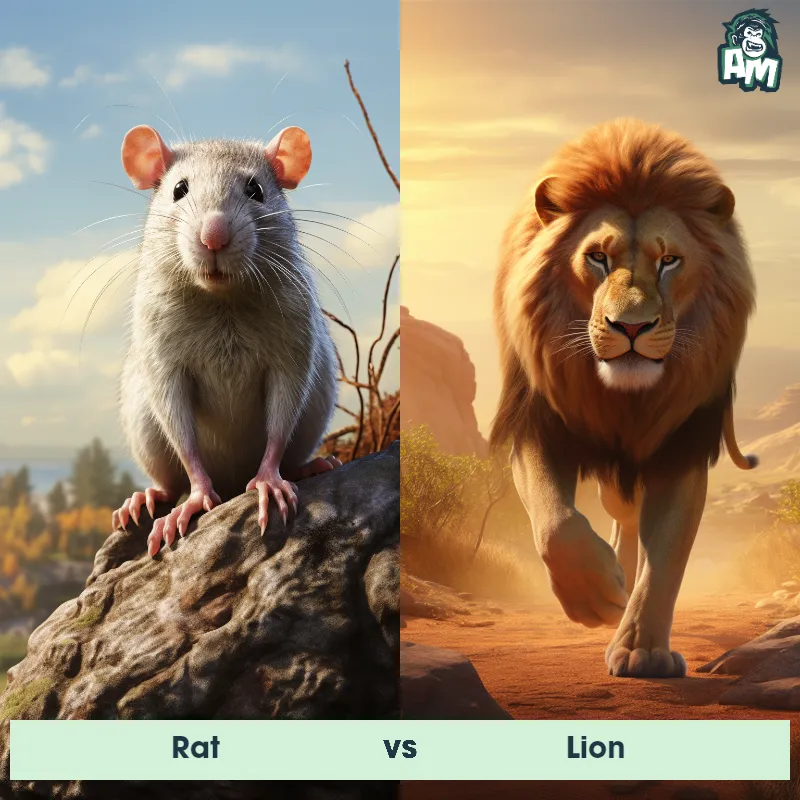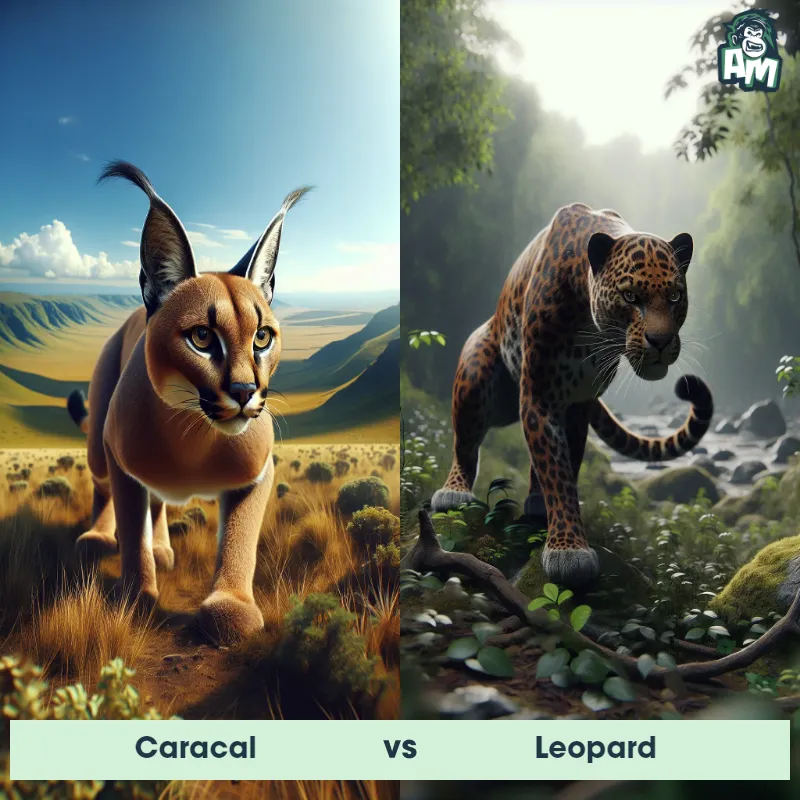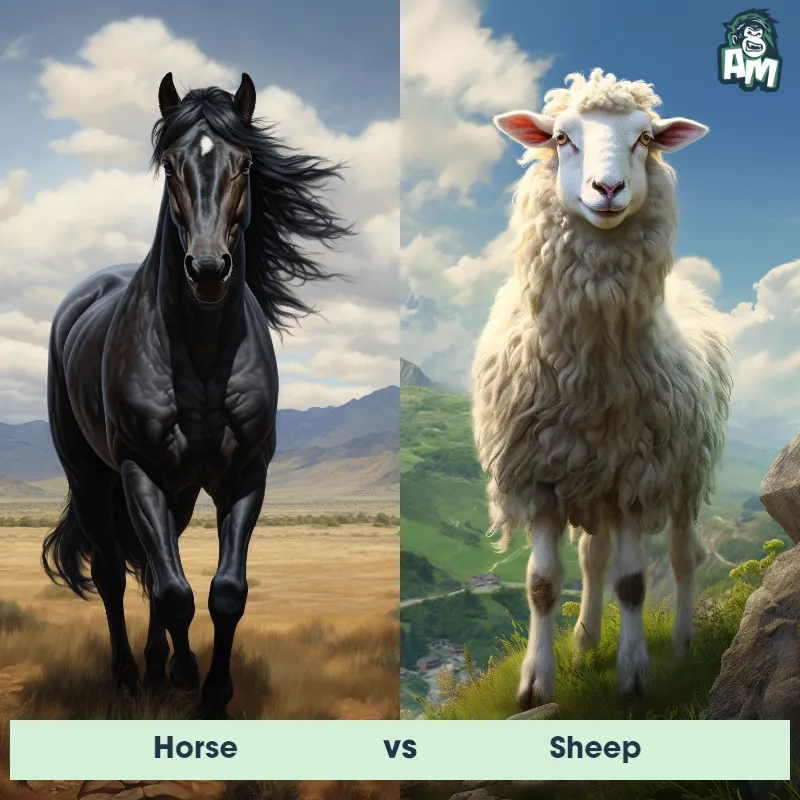Frilled Lizard vs Spiny-Tailed IguanaSee Who Wins

Welcome, ladies and gentlemen, to this exciting matchup between a Frilled Lizard and a Spiny-Tailed Iguana! Both of these reptiles are known for their impressive defensive abilities and quick strikes. It's sure to be a thrilling battle here today.
Contender 1: Frilled Lizard
The Frilled Lizard, scientifically known as Chlamydosaurus kingii, is a unique reptile found in Northern Australia and New Guinea. It is best known for its distinctive frill around its neck, which when extended, serves as an impressive display to intimidate predators and attract mates. This lizard has a slender body covered in scales that range from brown to gray in color, providing excellent camouflage in its natural habitat. It has long hind legs that aid in its incredible jumping abilities, allowing it to swiftly evade danger. Frilled lizards also possess a prehensile tail, which they use for balance and climbing trees. They primarily feed on insects, small birds, and reptiles.
Fun Fact: One fascinating fact about the Frilled Lizard is that it has the ability to run bipedally, meaning it can use only its hind legs to move quickly and efficiently, resembling a miniature dinosaur in motion.
Contender 2: Spiny-Tailed Iguana
The Spiny-Tailed Iguana, also known as the Black Iguana, is a large lizard species found in Central and South America. They have a distinctive spiny tail, which they use for defense against predators. They are herbivorous and can grow up to 4 feet in length. Their coloration varies from gray to black, and they have a row of spines running down their back.
Fun Fact: The Spiny-Tailed Iguana is known for its ability to run on its hind legs, which allows it to move quickly through its environment and escape predators.
Matchup Stats
| Frilled Lizard | Spiny-Tailed Iguana | |
|---|---|---|
| Size | Up to 3 feet (91 cm) in length | Up to 4 feet (1.2 meters) |
| Weight | Up to 1 pound (0.45 kg) | Up to 15 pounds (6.8 kilograms) |
| Speed | 12mph (19km/h) | Speed: 9 mph (14.5 km/hr) |
| Key Strength | Displaying frill and lunging | Tail defense |
| Biggest Weakness | Vulnerable to larger predators | Vulnerable underbelly |
Current Votes
Frilled Lizard vs Spiny-Tailed Iguana
See Who Wins
View More Matches
Looking For More?
Similar Matches
Scientific Stats
| Frilled Lizard | Spiny-Tailed Iguana | |
|---|---|---|
| Scientific Name | Chlamydosaurus kingii | Ctenosaura similis |
| Family | Agamidae | Iguanidae |
| Habitat | Trees, woodlands, and forests | Terrestrial |
| Geography | Northern Australia and New Guinea | Central and South America |
| Diet | Insects, small birds, and reptiles | Herbivorous |
| Lifespan | 6 years - 10 years | 15 years - 25 years |
Key Differences between Frilled Lizard and Spiny-Tailed Iguana
- Behavior: The Frilled Lizard is known for its defensive behavior of standing upright on its hind legs, extending its frill, and hissing when threatened, whereas the Spiny-Tailed Iguana is more likely to retreat into burrows or climb trees to evade predators.
- Body shape: The Frilled Lizard has a slender body with long limbs and toes adapted for climbing, whereas the Spiny-Tailed Iguana has a bulky body with shorter limbs and a spiny tail.
- Habitat: The Frilled Lizard is commonly found in the tropical forests and woodlands of northern Australia, New Guinea, and nearby islands, while the Spiny-Tailed Iguana inhabits arid regions such as deserts, rocky outcrops, and scrublands in parts of Mexico and Central America.
- Diet: The Frilled Lizard primarily feeds on insects and small vertebrates, whereas the Spiny-Tailed Iguana is herbivorous, consuming plants, fruits, and flowers as its primary source of food.
- Color: The Frilled Lizard is known for its bright red and yellow coloring with distinctive frills around its neck, while the Spiny-Tailed Iguana is typically gray or brown with dark stripes or bands on its back.
- Size: The Frilled Lizard is typically smaller, reaching lengths of 28-37 inches, while the Spiny-Tailed Iguana can grow much larger, reaching lengths of up to 4 feet.





